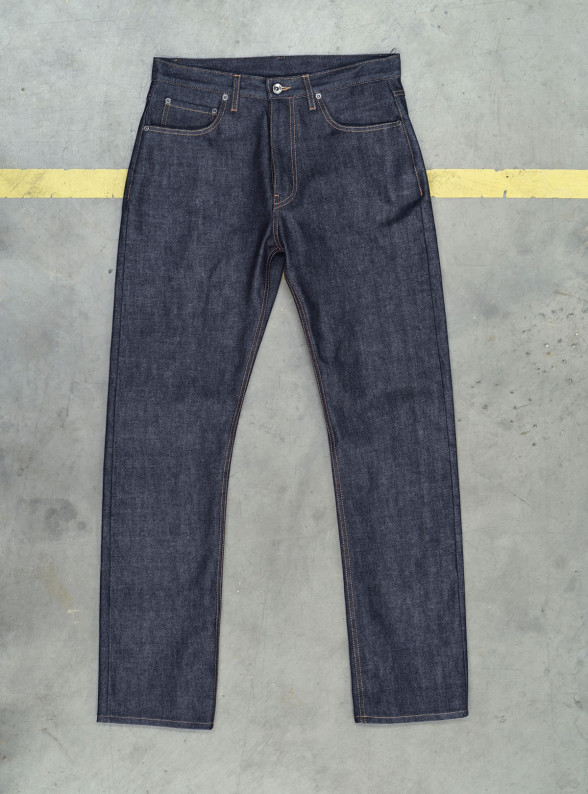As consumers are hammered in the economic turbulence they seek stability, security and comfort amongst authentic brands. This pattern amongst consumers has led many brands to rethink their positions and consider existential questions regarding the brand building blocks. While this authenticity trend has been booming for a while now, a question about if this era of authentic, hand-made, small batch brands has come to an end?
When living in an era where transnational companies are making everything everywhere, at a point where nobody really knows where most things come from, we as consumers like to think that our treasured items come from a particular place. Brands built around provenance are perceived as authentic and if a brand has its own farm, factory, production or tailor, you'll find them to be more loved than the average transnational competitor.


Community Clothing
Authenticity and provenance became a big issue for brands in 2007. This was due to a a series of issues involving Chinese-made products e.g. putting the world’s largest toy maker, Mattel, on its knees while recalling 21 million toys due to concern over lead paint. Gap got burned when it was found that children in India were employed to make garments for their western peers. This raised doubts in many showrooms of luxury brands about the authenticity of the clothes.
Then there was a shift in the course. Over the past 10 years we have noted the outsourcing of fashion production, then its reshoring to the likes of Portugal and Poland when the results were saddening (and working conditions were questioned). Today we have fashion companies like E Tautz putting resources into buying factories in their own markets to get their hands near the production line and strengthen the provenance of the brand. We also see intriguing brands like Community Clothing popping up and making waves while going against the industry norms.

However, words like authenticity, heritage and artisanal have become a part of the corporate lexicon. Many brands have ridden on the authenticity trend. This has left a bad taste in consumers’ mouths as some players without any mercy misappropriate these values and divest them of meaning. Some have called this trend the 'authenticity bubble'. This bubble has been a comfy host for brands, creative agencies, marketers and strategists for the past five years. Even though beeing a good host for brands, this bubble might be on it’s way to burst.
This was supported by the girls and boys at The Future Laboratory, when they hinted in their trend briefing AW15 that authenticity has become a trap for brands as the mere meaning of the term has become hollow and that we can prepare for new winds on the marketplace.
Any ideas on what may happen next?






